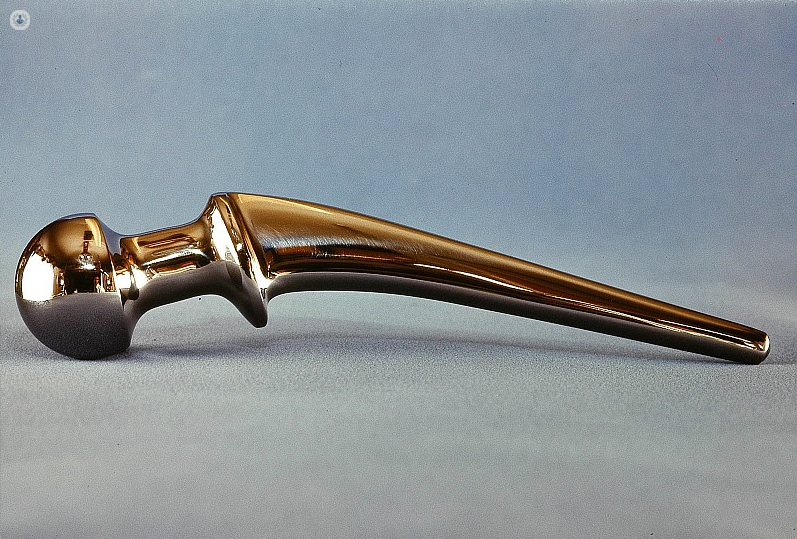What exactly is the SPAIRE posterior mini approach?
Written in association with:The SPAIRE (Sparing Piriformis And Internus, Repair of Externus) posterior mini approach to hip replacement surgery is an innovative surgical technique for hip replacement that aims to minimise tissue damage and enhance recovery. This minimally invasive method focuses on preserving crucial muscles and tendons, resulting in a less painful recovery and quicker return to daily activities compared to traditional hip replacement surgeries.
On hand in this article below to provide a more detailed explanation with regards to this surgery is highly esteemed and experienced consultant robotic hip and knee SMART surgeon, Mr Nadim Aslam.

What exactly is the SPAIRE posterior mini approach?
The SPAIRE posterior mini approach is a muscle-sparing technique designed to reduce the invasiveness of hip replacement surgery. Unlike traditional approaches, which often involve cutting through significant muscles and tendons, the SPAIRE method spares the piriformis and internus muscles and carefully repairs the externus. By preserving these muscles, the surgery reduces trauma to the hip area, leading to less postoperative pain and a faster rehabilitation process.
What happens during the procedure?
During the SPAIRE procedure, the surgeon makes a smaller incision in the posterior (back) part of the hip. This allows access to the hip joint without cutting through the major muscles. The surgeon carefully navigates around the piriformis and internus muscles, sparing them from damage.
The externus muscle, which is partially detached to access the hip joint, is meticulously repaired after the implant is placed. This muscle-sparing technique minimises soft tissue disruption and promotes quicker healing.
What are the benefits of the SPAIRE approach to hip replacement?
One of the main advantages of the SPAIRE posterior mini approach is the preservation of hip stability. By sparing important muscles, the procedure reduces the risk of hip dislocation and other complications associated with traditional hip replacement surgeries. Patients typically experience less pain postoperatively and require fewer pain medications, contributing to a smoother recovery process.
Additionally, the minimally invasive nature of the SPAIRE approach results in a smaller scar, reduced blood loss during surgery, and a shorter hospital stay. Patients often find they can return to their normal activities more quickly, with a higher level of mobility and comfort.
What does recovery from the SPAIRE approach entail?
Postoperative recovery from the SPAIRE approach generally involves a structured rehabilitation program tailored to each patient’s needs. Physical therapy focuses on strengthening the hip muscles, improving range of motion, and ensuring the stability of the new hip joint. The muscle-sparing nature of the surgery often leads to a more rapid and effective rehabilitation process, allowing patients to regain their independence sooner.
If you wish to book an appointment with Mr Nadim Aslam, simply head on over to his Top Doctors profile today.


